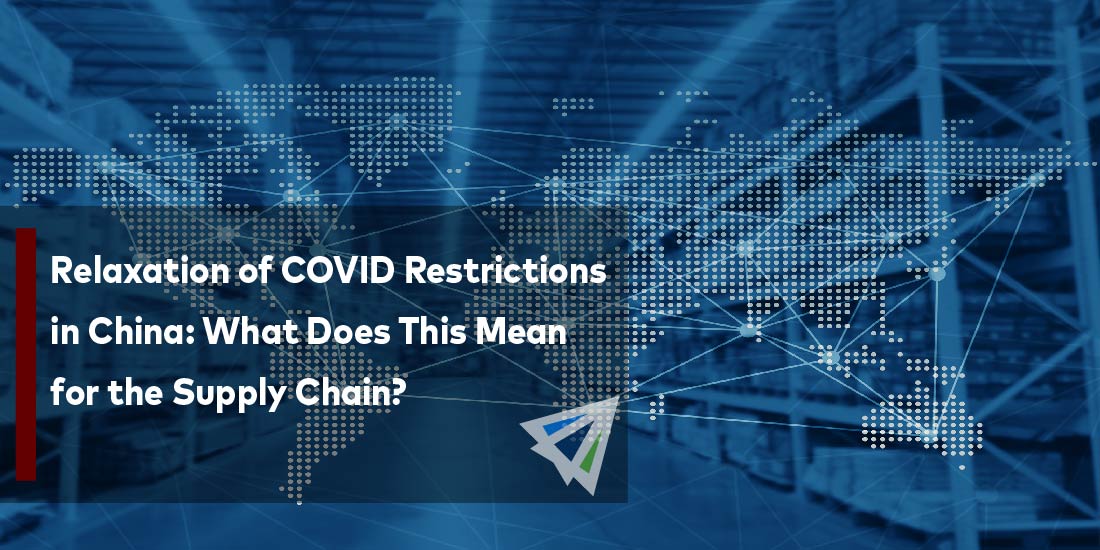Anyone who’s been keeping up with the global impact of COVID on international economies knows that China has taken some of the most extreme measures to protect the country. Naturally, these heavy restrictions have put them at a disadvantage in many areas – one of which being the detrimental effect it has had on their supply chain and international ocean ports.
China recently reported that their total goods exported was down by 8.7% year over year in the month of November when it was previously predicted it would only drop by 2%. Export value between China and the U.S. has actually fallen by 25% year over year. This is a sharp increase from the 12.6% dip seen in October year over year.
Chinese Supply Chains Expected to Improve
However, it’s looking like these unfortunate trade statistics may be coming to a close soon, as China has begun lifting COVID restrictions and regulations in light of recent protests and the need to restore their supply chains. Though recovery of their supply chain is expected to take time.
Analysts expect that supply chain efficiency will actually deteriorate over the coming months and through a good portion of 2023 before things improve. There are several reasons that industry experts believe the Chinese government’s policy changes won’t have an immediate effect on improving their supply chain and increasing their containerized exports.
Firstly, the economic benefits of these new policies could be delayed due to increased public fear due to lack of COVID experience, as well as labor shortages due to the spreading illness. Secondly, shipment activity likely won’t skyrocket because supply chain issues being experienced in China aren’t entirely due to their own lockdowns and regulations. While the new policies are lifting regulations, the decrease in exports can also be attributed to falling demand overseas.
Very Large Crude Carriers to See Increased Activity
The main area where we may see a near-immediate improvement in activity and function is China’s movement of very large crude carriers (vessels that carry nearly 2-million barrels worth of oil.) China is the largest charterer of VLCC’s in the world, and the lifting of restrictions is likely to have a quick effect on the industry.
As COVID restrictions are lifted and civilian activity and transportation increases, the need for fuel and oil will also rise quickly, causing an increase in demand for tanker imports to China.
In Summary
Market conditions and supply chain efficiency are expected to improve greatly as China is lifting their COVID regulations and restrictions, however, it may take some time. It’s likely that year-over-year improvements won’t be seen until the second quarter of 2023 at the very least. This is likely for the majority of the Chinese supply chain, but especially dry bulk cargo.
The one area that will see an almost immediate increase in activity is the VLCC market, as China is the largest VLCC charterer in the world. As pedestrian activity and local transportation increase, so will the need for fuel, which will cause VLCC imports to spike drastically.
If you have any questions regarding how the new policy changes in China may affect your business from a logistical standpoint, please don’t hesitate to reach out to one of our team members! We would love to answer any questions you and your team may have!
